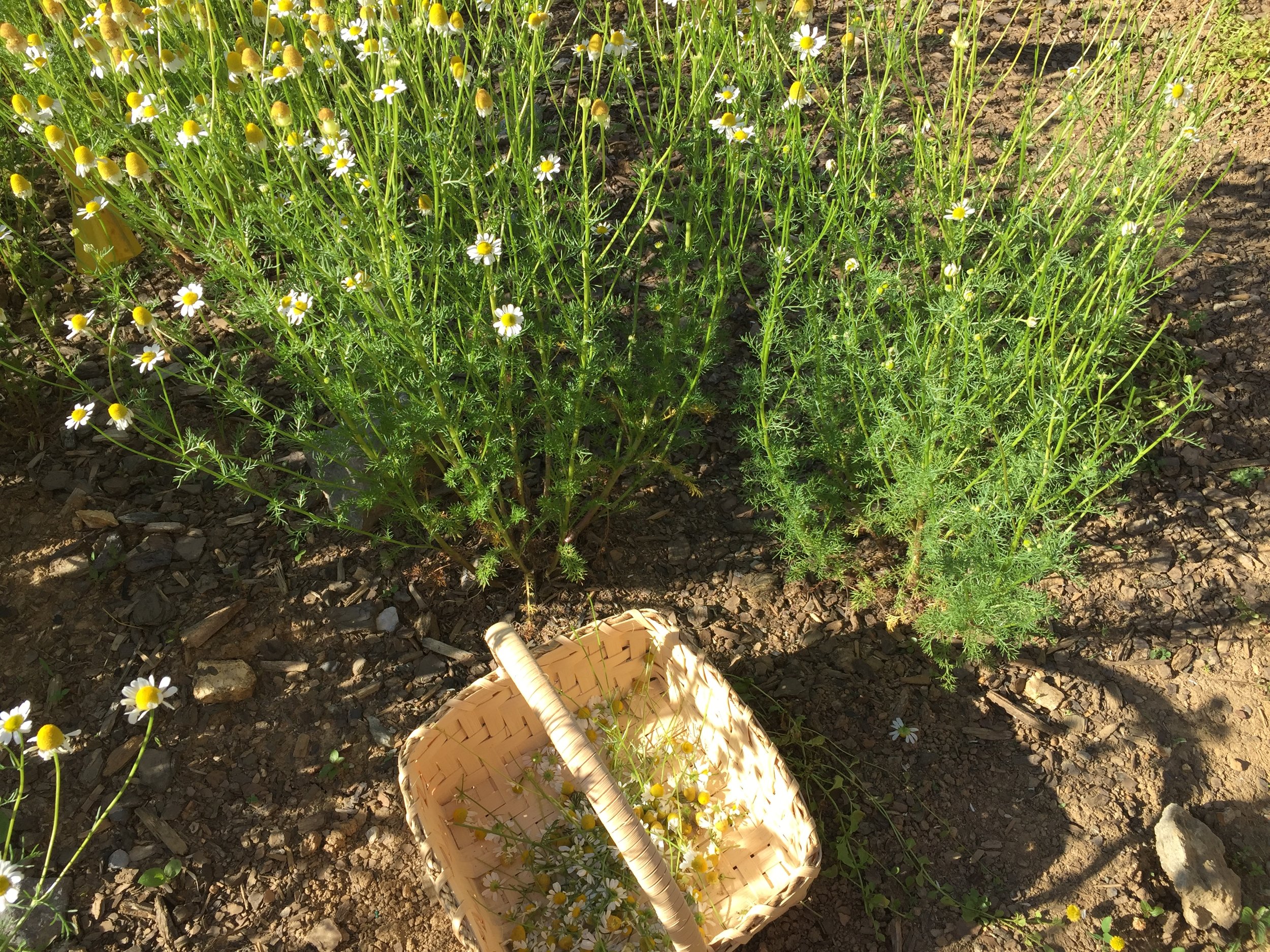Thanks to one of the ViREO Life readers for asking what to plant in a fall garden. The answer is "Like spring, almost."
The cool weather (spring/fall) crops will germinate faster in the fall, due to the warmer soil. And some spring pests (cabbage worms, especially) I have found less of an issue in the fall. The real difference for me is have available floating row covers for when killing frosts begin, to extend the harvest into November and December.
What I plant and why:
- Beets - the green leaves to blanch and freeze; the beet root to store in the fridge through the winter
- Lettuce - but much less, since we eat fewer salads in the fall
- Greens - kale, swiss chard, spinach, as many as the beds will hold, to be able to freeze for the winter (or if a mild winter, cover and eat out of the garden in December).
- Radishes - I can get two batches of radishes in because they grow quickly. I won't eat as many radishes as we grow, but I blanch the radish greens with my other greens for freezing. We get a lot of food grown in a small space because of the 30 days maturity time. (This means if you live near me and like radishes, you may end up "gifted" with a few.)
Broccoli, cabbage, brussels sprouts - I do not plant these in the fall, simply due to space. In the spring I plant them in the same bed where sweet potatoes are started. By fall the bed is covered to overflowing with sweet potato vines and there is no room. If you have the space, plant them again as you would in the spring.
Plants I have tried unsuccessfully to "over-winter" are leeks and onions and garlic. If you want to try planting them in the fall, do so. If you are successful, let me know what you did so I can try again.
When to start your fall garden? Late August and early September seem to work for us to sow seeds. By the time seeds have germinated the weather is cooler. If I was planting broccoli and cabbage plants, I would not plant them in August, due to the heat. Other gardeners plant in August, in a shadier spot.
One last note about fall gardens: if you are planning to plant cover crops (oats, vetch, winter rye, etc.) where your summer crops were, let me know and I'll blog separately about cover crops. That has been a study-then-learn-by-oops experience for us that I'm happy to share.
Happy and healthy gardening!













